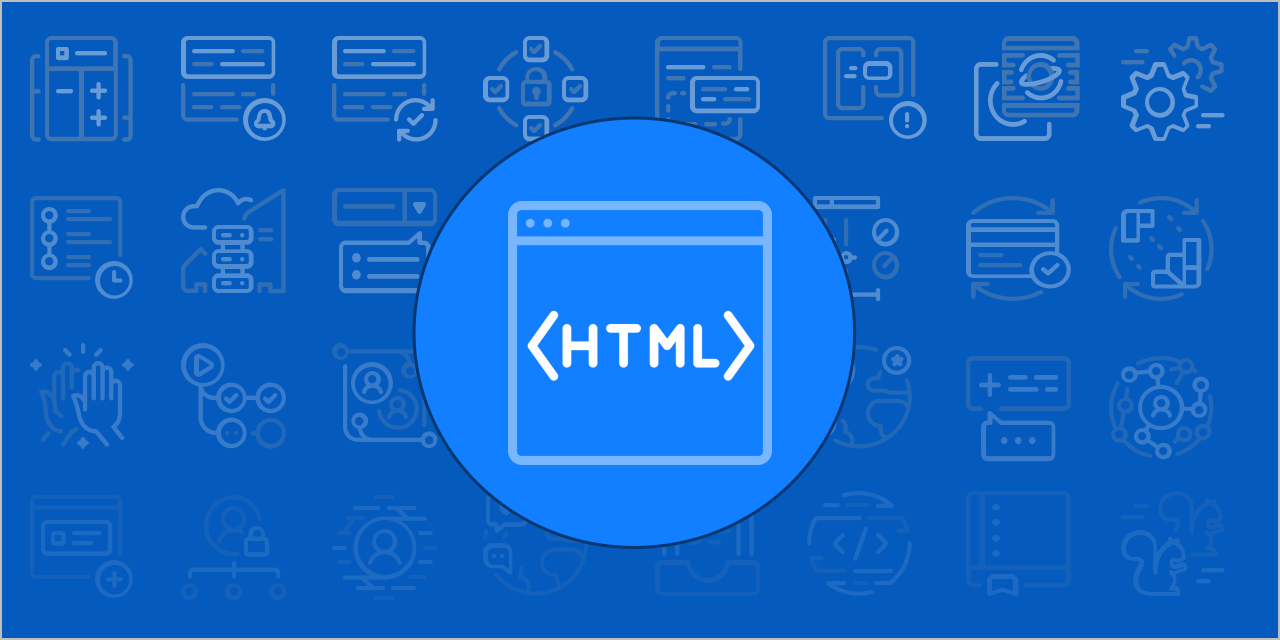The Ultimate Guide To "Best Practices for Implementing HTML Entity Encoding in Your PHP Projects"

HTML Entity Encoding in PHP is an important skill-set to discover for any kind of developer who wants to produce internet apps that are safe and secure and reliable. In this Beginner's Guide, we'll cover the rudiments of what HTML Entity Encoding is, why it's necessary, and how you can utilize it in your PHP code.

What is HTML Entity Encoding?
HTML Entity Encoding is a method utilized to change exclusive personalities and symbolic representations into their particular HTML bodies. These facilities are unique codes that embody these personalities in a means that may be safely and securely displayed on internet webpages without creating any kind of concerns.
For instance, consider the following strand:
```
Hello certainly there < > & " ' !
```
If we were to feature this string straight on a webpage, it would induce issues along with the HTML formatting because of the exclusive personalities such as `<`, `>`, `&`, `"`, `'`.
To steer clear of these problems, we may use HTML body encoding to turn these exclusive characters right into their corresponding bodies. The resulting string would look like this:
```
Hello there < > &lifier; " ' !
```
Now when this cord is featured on a webpage, the unique personalities will certainly be securely made without resulting in any kind of concerns.
Why is HTML Entity Encoding significant?
HTML Entity Encoding is crucial for two major causes:
1. Security: One of the very most common usage of HTML company encoding is to avoid Cross-Site Scripting (XSS) attacks. An XSS assault takes place when an aggressor injects harmful code right into a internet webpage through exploiting susceptabilities in individual input fields such as hunt packages or contact types. Through making use of body encoding, you can make sure that any kind of user input got into right into your function will certainly be properly left without permitting harmful manuscripts to carry out.
2. Keep Checking Back Here : Another benefit of making use of company encoding is that it makes sure your application will be available through all users regardless of their gadget or web browser settings. Some internet browsers might not support particular personality collection or might possess various nonpayment personality encodings, which can trigger concerns when showing unique characters. By using body encoding, you may make sure that all users will be able to check out your content the right way.
How to use HTML Entity Encoding in PHP
Right now that we know what HTML Entity Encoding is and why it's essential, let's take a appeal at how we may make use of it in our PHP code.
PHP supplies many feature for encoding and decoding HTML bodies. Here are some of the most commonly utilized functionality:
1. htmlentities(): This functionality changes all appropriate characters to their corresponding HTML facilities. It takes three arguments: the string to inscribe, the character set (optional), and the quote design (optional). Listed below's an example:
```
$cord = 'Hello there certainly < > & " \' !';
$encoded_string = htmlentities($string);
echo $encoded_string;
```
Outcome:
```
Hello certainly there < > &lifier; " ' !
```
2. htmlspecialchars(): This functionality is similar to htmlentities(), but it simply encodes specific personalities that possess special meaning in HTML (such as `<`, `>`, and `&`). It takes three arguments: the cord to encode, the quote style (optional), and the personality prepared (optional). Here's an instance:
```
$strand = 'Hello certainly there < > & " \' !';
$encoded_string = htmlspecialchars($string);
reflect $encoded_string;
```
Outcome:
```
Hello certainly there < > & " ' !
```
3. html_entity_decode(): This feature decodes all HTML entities back into their original characters. It takes two debates: the strand to translate and the quote style (optional). Here's an instance:
```
$encoded_string = 'Hello there certainly < > & '';
$decoded_string = html_entity_decode($encoded_string);
echo $decoded_string;
```
Result:
```
Hello there certainly < > & '
```
Final thought
In final thought, HTML Entity Encoding is an significant ability for any kind of creator who wants to make protected and accessible web functions. By using body encoding, you can easily make sure that your application are going to be shielded versus XSS strikes and easily accessible to all customers regardless of their tool or web browser settings.
PHP offers several functions for encoding and decoding HTML entities, featuring htmlentities(), htmlspecialchars(), and html_entity_decode(). Through utilizing these functions in your PHP code, you may easily encrypt and translate special characters and symbols in to their respective HTML facilities.
